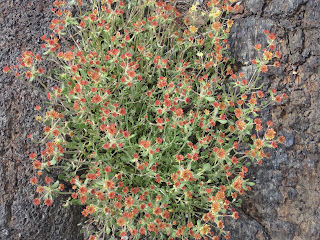 High in the Sierra Nevada Mountains one finds an iconic American National Park - Yosemite. Visitors have been flocking to the sheer granite cliffs, waterfalls, and wildlife area since its discovery over 100 years ago. The land here is monstrous and its easy to feel small.
High in the Sierra Nevada Mountains one finds an iconic American National Park - Yosemite. Visitors have been flocking to the sheer granite cliffs, waterfalls, and wildlife area since its discovery over 100 years ago. The land here is monstrous and its easy to feel small. This park is frequently visited, so plan ahead when visiting to ensure proper reservations are made (including camping spots!) Weekends in the summer can create traffic jams both at the entrances and on roads heavily traveled within the park. Take it slow - you'll be sure to see more wildlife!
Springtime and early summer are the best viewing times for most waterfalls, although each waterfall seems different each year depending on the past season's moisture and amount of summer rains.
The park itself hosts several Giant Sequoia groves, however they pale in comparison to the much larger tress just south in Sequoia National Park. The Mariposa Grove is one of the biggest and most visited in Yosemite.
The visit to Glacier Point is a must for all visitors as it offers one of the most spectacular views of Half Dome and the Yosemite Valley. Getting up above the canyon walls provides a true understanding of the enormity of your surroundings.












































